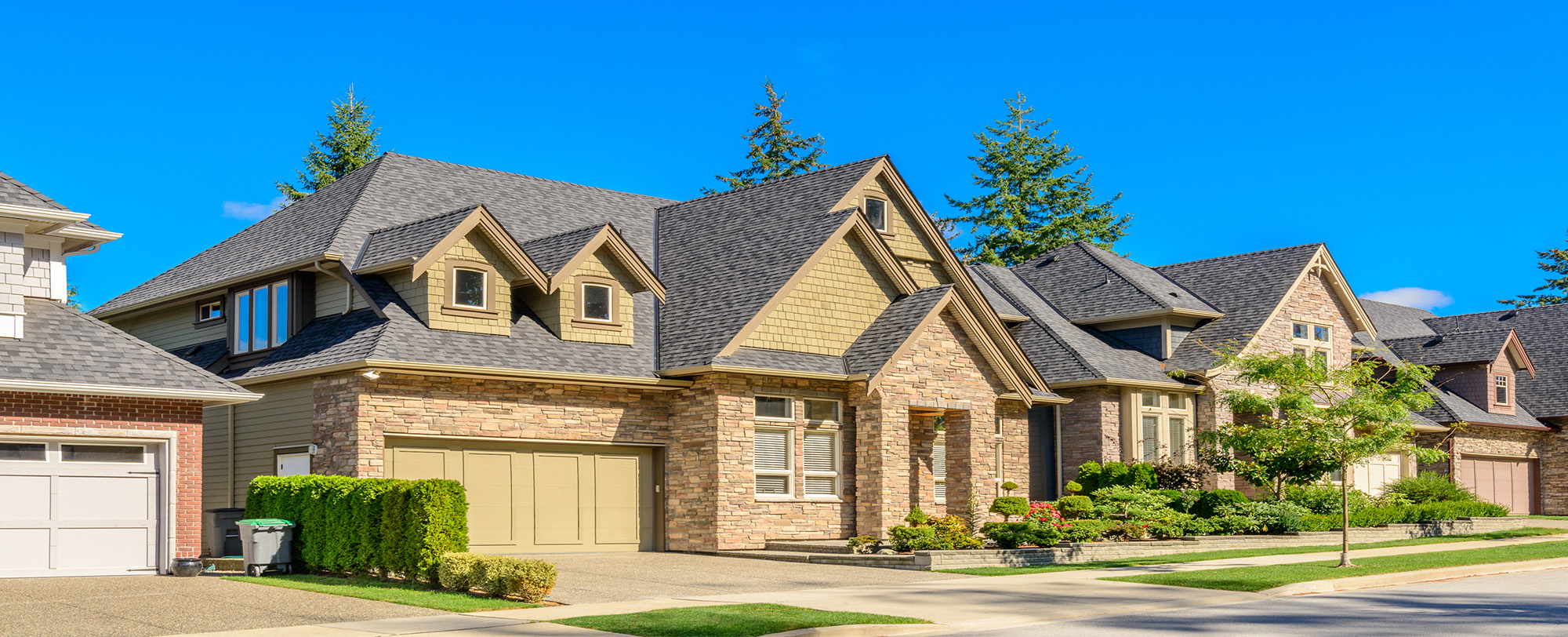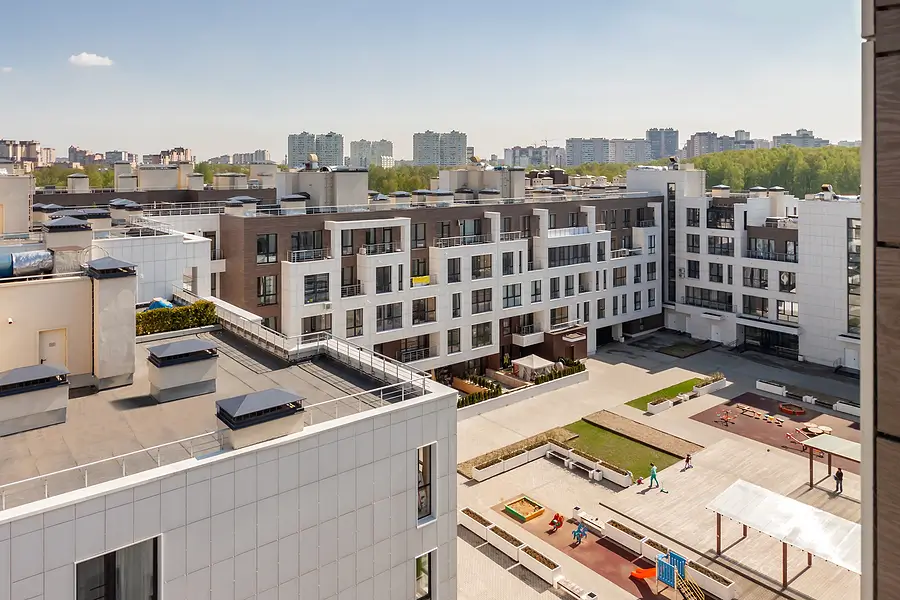Richmond, Virginia, has experienced significant growth in recent years. With a rising population and increasing demand for modern, convenient living, this transformation has sparked a growing interest in mixed-use developments, a concept that blends residential, commercial, and recreational spaces into a single, well-planned environment.
But are mixed-use developments in Richmond truly the future of urban living? Let’s explore the potential, advantages, challenges, and what this means for real estate investors and landlords looking to capitalize on Richmond’s evolving real estate market.
What Are Mixed-Use Developments?
A mixed-use development is a property that integrates multiple functions—such as residential units, office spaces, retail shops, restaurants, entertainment venues, and recreational spaces—into one area. These projects create vibrant, walkable neighborhoods where residents can access essential services, workplaces, and leisure activities all within walking distance.
This approach to urban planning prioritizes convenience, connectivity, and sustainability, making it an attractive choice for cities experiencing rapid growth. In Richmond, developments like the City Center Innovation District and the Diamond District are leading examples of how these communities can redefine urban landscapes.
The Numerous Benefits of Mixed-Use Developments
For both residents and investors, mixed-use properties offer numerous benefits that align with modern lifestyle preferences.
1. Convenience and Enhanced Quality of Life
One of the biggest advantages of mixed-use developments is the convenience they provide. Imagine living in an apartment with a coffee shop downstairs, a grocery store next door, and a gym a short walk away. This setup allows residents to reduce commute times, improve work-life balance, and enjoy a greater sense of community.
2. Economic Growth and Increased Property Values
From an investment perspective, mixed-use spaces support economic growth by attracting businesses, tenants, and visitors. These developments create job opportunities across retail, hospitality, and office sectors, making them a catalyst for local economies. Properties in these vibrant neighborhoods often see increased demand, leading to higher property values and rental income.
3. Sustainability and Environmental Impact
Sustainability is a crucial factor in modern development. Mixed-use properties contribute to sustainable urban planning by reducing reliance on cars, encouraging bike-friendly infrastructure, and promoting green spaces. Many developments also focus on adaptive reuse, repurposing existing structures rather than new construction, which minimizes environmental impact.
4. Community Engagement and a Strong Sense of Place
A well-designed mixed-use development fosters community engagement by providing public spaces, community events, and cultural attractions. Whether it’s a farmers’ market, a music festival, or a neighborhood gathering, these spaces encourage people to connect, strengthening the social fabric of the community.
Challenges and Considerations in Mixed-Use Developments
While the advantages are clear, it’s important to consider the challenges of developing and maintaining mixed-use properties.
1. Zoning Regulations and Compliance
Zoning regulations can be complex when balancing residential, commercial, and recreational spaces in one area. Developers and landlords must navigate these rules carefully to ensure projects meet city guidelines while remaining profitable.
2. Affordability and Housing Accessibility
While mixed-use developments enhance urban living, they can also drive up property prices, potentially reducing affordable housing options. A well-planned development must strike a balance between luxury living and accessibility, ensuring that diverse demographics can benefit.
3. Maintaining Balance Between Different Uses
A successful mixed-use space must maintain the right mix of commercial, residential, and entertainment elements. Too many retail spaces and not enough residential units could lead to empty storefronts. Likewise, an overemphasis on housing without adequate business presence can lead to reduced foot traffic and economic stagnation.
4. Infrastructure and Transportation Considerations
For these developments to thrive, cities must invest in infrastructure that supports easy access, public transit, and walkability. Planners and designers are crucial in ensuring these neighborhoods are well-connected and pedestrian-friendly.
Notable Mixed-Use Developments in Richmond
Richmond has already embraced mixed-use developments, with several projects setting the standard for future growth.
- City Center Innovation District – A transformative project focused on economic growth, sustainability, and connectivity. It includes residential units, office spaces, entertainment venues, and cultural attractions, positioning itself as a model for modern living.
- Diamond District – Known for its integration of a baseball stadium, retail shops, and residential apartments, this development is a prime example of how mixed-use concepts can enhance a city's entertainment and business landscape.
- Riverfront Amphitheater – A blend of green space, recreational areas, and commercial spaces, promoting community engagement and cultural experiences.
These projects highlight Richmond's leadership in urban transformation, offering a holistic approach to live-work-play environments.
Why Investors Should Pay Attention to Mixed-Use Properties
For landlords and investors, mixed-use developments present a valuable opportunity to diversify real estate portfolios and capitalize on rising demand in urban centers.
1. Stable Rental Demand and Reduced Vacancy Risks
Since these properties cater to multiple sectors, they offer greater tenant stability than traditional single-use developments. Commercial tenants attract foot traffic, supporting residential demand, and vice versa.
2. Increased Property Value and Investment Growth
With the rise of walkable communities and sustainable design elements, mixed-use properties have become increasingly desirable, ensuring higher property appreciation rates over time.
3. Adaptive Reuse and Long-Term Sustainability
Investing in mixed-use spaces allows for flexibility in adapting buildings to changing market needs. For example, underutilized office spaces can be converted into residential apartments or co-working hubs, ensuring long-term profitability.
The Future of Mixed-Use Developments in Richmond
As Richmond continues to evolve, mixed-use developments will play an important role in shaping the city’s landscape. Focusing on sustainability, community engagement, and modern conveniences, these projects will enhance residents' quality of life while supporting economic growth.
However, to truly embrace this urban transformation, developers, landlords, and investors must collaborate to address challenges and ensure that Richmond’s mixed-use spaces remain inclusive, vibrant, and adaptable.
Ready to Explore Investment Opportunities in Richmond?
If you’re a real estate investor or property owner interested in mixed-use developments, now is the perfect time to explore the potential of Richmond’s evolving neighborhoods. We specialize in property management solutions that help investors maximize returns, attract quality tenants, and navigate the complexities of multi-use properties.
Learn more about our services here or contact us today to discuss how we can help you succeed in Richmond’s growing real estate market.
By investing in mixed-use developments, you’re not just purchasing property—you’re contributing to a thriving, future-ready Richmond.






